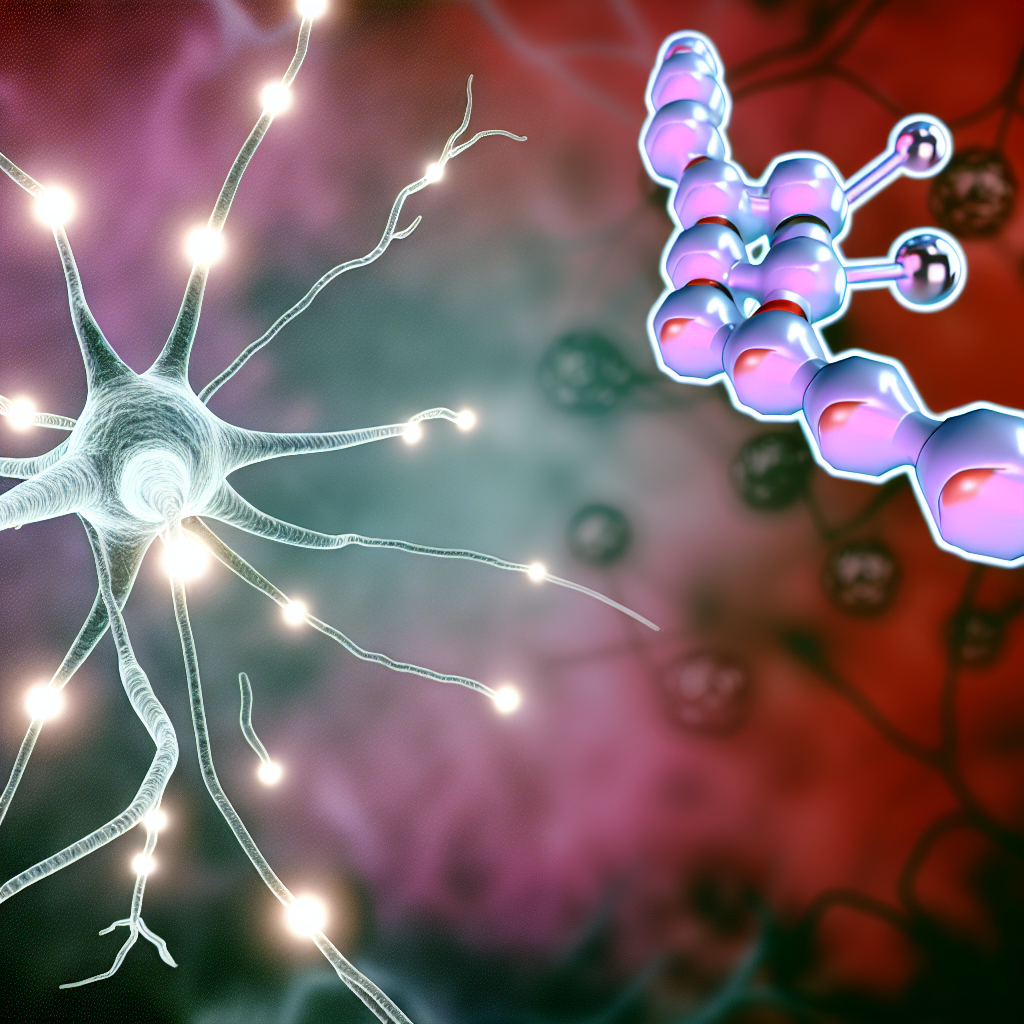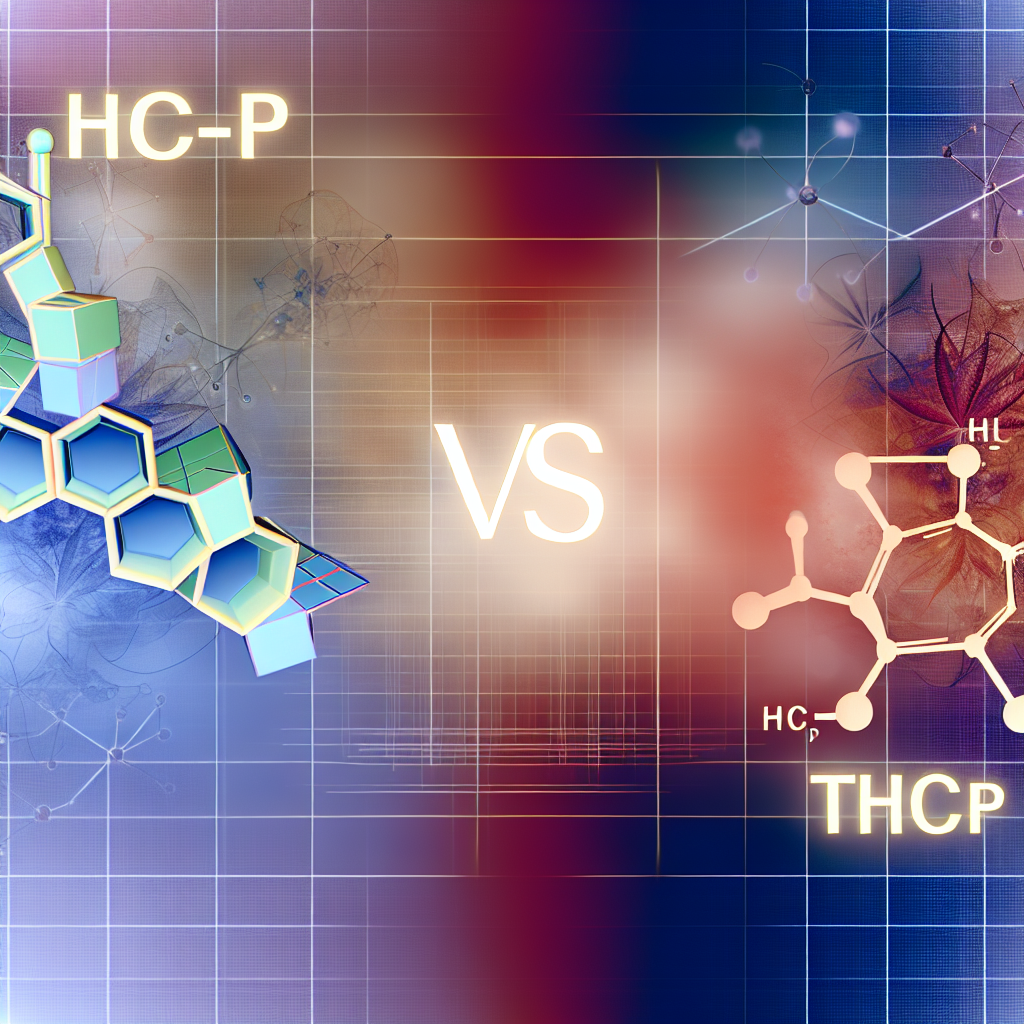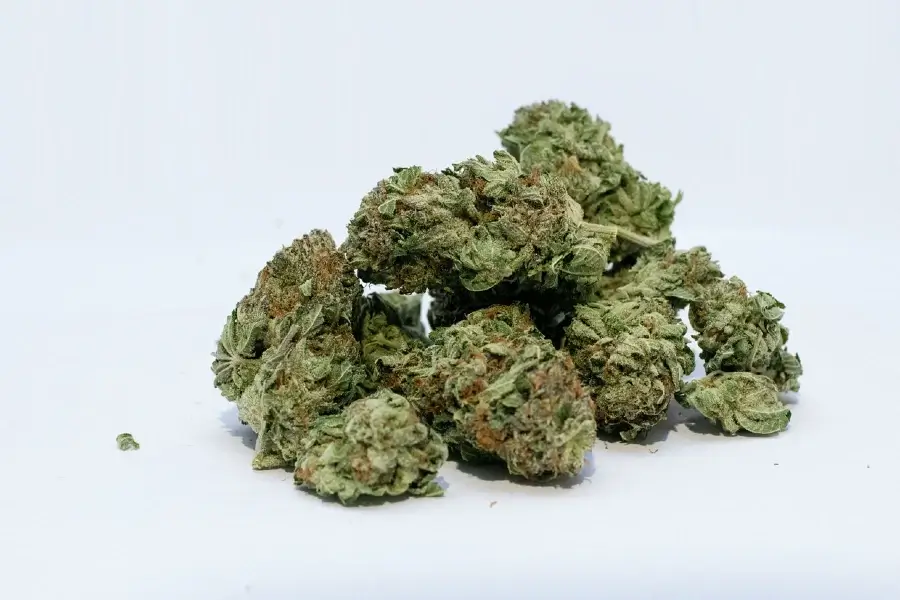Clinical Evidence Review: CBC (Cannabichromene) and Its Role in Neurogenesis and Pain
Introduction
The cannabis plant represents a complex array of over 100 known cannabinoids, each with unique therapeutic properties. While dominant cannabinoids like **THC** (tetrahydrocannabinol) and **CBD** (cannabidiol) are widely recognized, lesser-known cannabinoids like **cannabichromene (CBC)** have begun to draw scientific interest for their potential use in **neurogenesis** and **pain management**.
Discovered in the 1960s, **CBC** remained understudied until recent advancements in cannabinoid extraction and identification. Structurally akin to both THC and CBD, CBC stands out as **non-psychoactive**, meaning it does not cause the euphoric “high” associated with cannabis consumption. Instead, emerging data show that CBC interacts with critical biochemical systems—including **TRPV1** and **TRPA1 receptors**—which play essential roles in mediating pain and inflammation.
Among its most promising features is CBC’s capability to promote **adult neurogenesis**, especially in the **hippocampus**, a brain region involved in memory and emotion. By indirectly increasing levels of **anandamide**, an endocannabinoid that binds to **CB2 receptors**, CBC may stimulate neural regeneration. This function could be crucial in combatting **neurodegenerative diseases**, **depression**, and **age-related cognitive decline**.
Additionally, CBC has shown notable **analgesic** and **anti-inflammatory effects**, which hold promise for treating both acute and chronic pain—without the addiction risk associated with traditional opioids. As both medical professionals and cannabis stakeholders seek new, safer treatment modalities, **understanding CBC** becomes pivotal to advancing therapeutic approaches.
Scientific Evidence and Clinical Insights
While studies on CBC are still limited in comparison to major cannabinoids, the available **preclinical research** offers compelling insights into its biological functions.
A notable 2013 study, published in Neurochemistry International, evaluated how cannabinoids affect **neural progenitor cells** in the hippocampus. This research revealed that **activation of CB2 receptors** promotes neurogenesis. Although CBC does not directly bind to CB2 receptors, it can **bolster endogenous cannabinoid levels like anandamide**, which in turn stimulate these receptors. The results demonstrated increased viability of developing neurons, suggesting a **neurogenic effect of CBC** and its potential as a regenerative agent for neurodegenerative conditions.
A 2010 rodent-centered experiment, published in the British Journal of Pharmacology, focused on CBC’s impact on **inflammation and pain**. The researchers observed that **administering CBC to inflamed rodents significantly reduced swelling and discomfort**. Interestingly, the analgesic mechanism appeared to **involve interactions with TRPV1 and TRPA1 receptors**, rather than classical CB1 or CB2 cannabinoid receptors. This suggests CBC **manages pain via a non-cannabinoid pathway**, potentially offering new avenues for non-addictive **pain treatment**.
Another important data point is a 2019 review from Frontiers in Pharmacology, which evaluated the **entourage effect** of **minor cannabinoids like CBC** in synergy with other cannabis compounds. The review indicated that **CBC supports broader therapeutic efficacy** in full-spectrum formulations by enhancing **anti-inflammatory activities** and promoting **cellular repair**. These benefits were particularly strong in **central nervous system (CNS)** conditions, making CBC a strong candidate for integrative therapies in **neurodegenerative disorders**.
While these findings are largely limited to animal models and cell cultures, the **scientific validation** for CBC’s neurogenic and analgesic effectiveness continues to build. Human studies are still in early phases, but with increased attention from researchers and the medical community, **CBC is recognized as a potentially transformative cannabinoid** for future pharmaceutical development.
Conclusion
**Cannabichromene (CBC)** stands out for its dual capacity to support **neurogenesis** and **alleviate pain**, making it a cannabinoid of high interest in pharmaceutical science. Preclinical studies have demonstrated CBC’s ability to enhance neural cell survival and modulate pain through **non-psychoactive pathways**, including TRP channels. This makes it a promising alternative to opiates and a candidate for **neuroregenerative medicine**.
As researchers continue to uncover more about this remarkable compound, support for **regulatory frameworks and clinical trials** will be essential in unlocking its full therapeutic value. Stakeholders in both medicine and the cannabis industry should prepare for **CBC-based treatments** to play a growing role in non-invasive pain therapies and **brain health strategies**.
Concise Summary
Cannabichromene (CBC) is a non-psychoactive cannabinoid showing promise in neurogenesis and pain management. Preclinical studies suggest it enhances the formation of new neurons and reduces inflammation and pain without engaging psychoactive cannabinoid pathways. CBC activates TRPV1/TRPA1 receptors and increases endocannabinoid levels, supporting central nervous system repair and offering an alternative to opioid-based pain relief. While human trials are still limited, CBC’s unique properties may make it an important addition to future therapies for neurodegenerative diseases and chronic pain conditions.
References
– “The role of endocannabinoids in adult neurogenesis” – Neurochemistry International
– “Cannabichromene, a cannabinoid with anti-inflammatory potential” – British Journal of Pharmacology
– “The Therapeutic Potential of the Endocannabinoid System for Neuroinflammation” – Frontiers in Pharmacology
– “Cannabinoid CB2 receptors in neurodegenerative disorders” – National Library of Medicine
– “What is CBC and what are the benefits of this cannabinoid?” – Leafly




